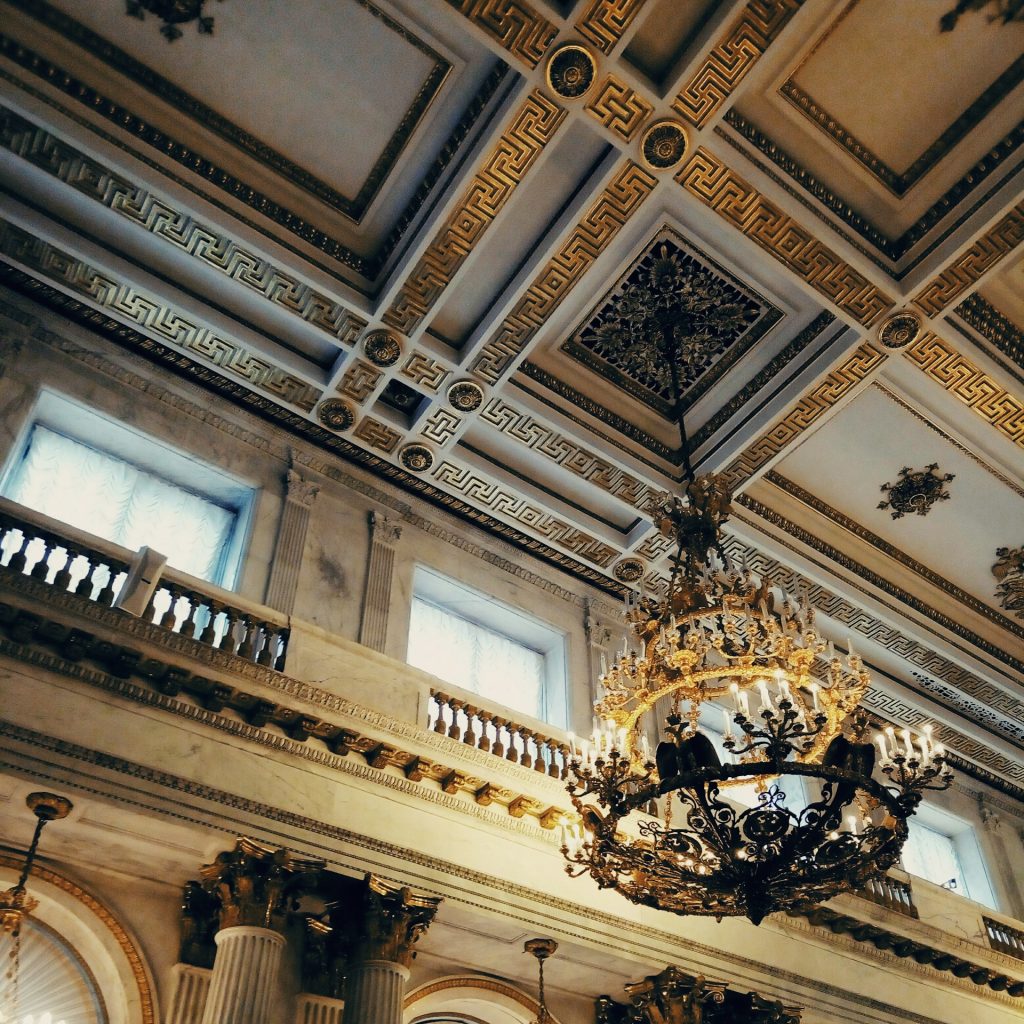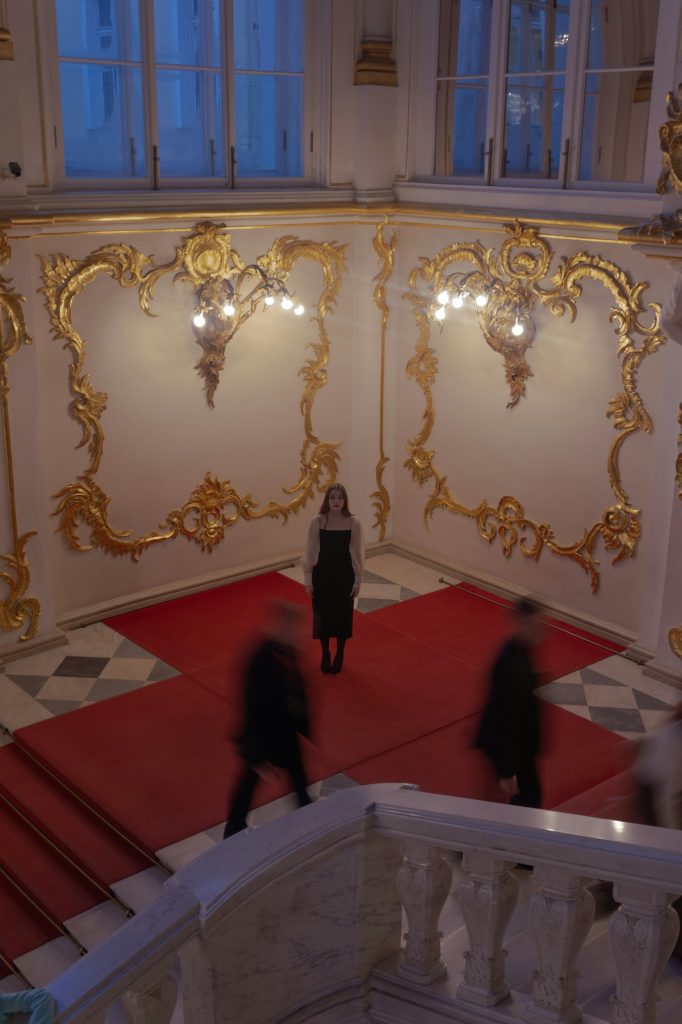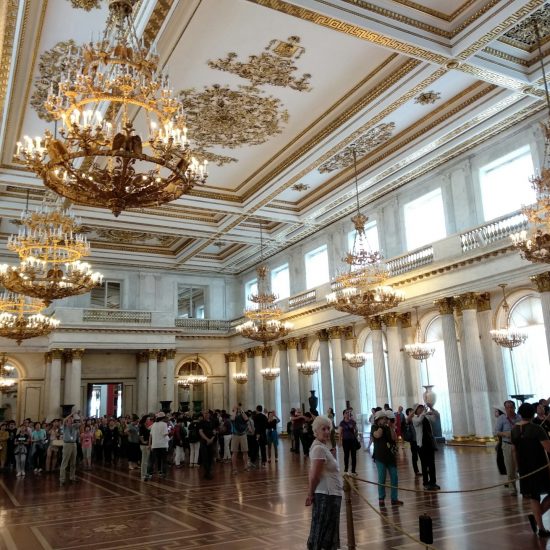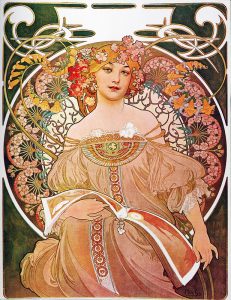1. Introduction to The State Hermitage Museum
The State Hermitage Museum, located in the heart of St. Petersburg, Russia, stands as one of the most prestigious and expansive art museums in the world. Founded in 1764 by Empress Catherine the Great, the museum has grown to encompass a staggering collection of over three million items. This vast repository of art and culture is housed in six historic buildings, including the opulent Winter Palace, which served as the residence of Russian emperors. Visitors to the Hermitage can explore an extensive array of exhibits that span centuries and continents, reflecting the rich tapestry of human creativity and history.
The Hermitage’s collection includes masterpieces from renowned artists such as Leonardo da Vinci, Rembrandt, and Michelangelo, making it a must-visit destination for art enthusiasts. The museum also boasts an impressive array of antiquities from ancient civilizations, offering a comprehensive overview of human achievement. Whether you are a seasoned art connoisseur or a curious traveler, the Hermitage provides an unparalleled journey through time and art.
2. Historical Background and Significance
The origins of the Hermitage can be traced back to Catherine the Great’s purchase of a collection of 225 paintings from a Berlin merchant in 1764. This acquisition marked the beginning of a passionate pursuit of art that would define the museum’s legacy. Catherine’s vision was to create a “hermitage,” a private retreat where she could indulge in her love for art and culture away from the public eye. Over the years, her collection expanded rapidly through purchases and gifts from European nobility and other collectors.
The museum officially opened to the public in 1852, under the reign of Tsar Nicholas I. Its transition from a private collection to a public institution marked a significant moment in its history, allowing broader access to its treasures. Throughout the years, the Hermitage has weathered numerous historical events, including the Russian Revolution and World War II, during which its collections were meticulously safeguarded. Today, it stands not only as a testament to Russia’s cultural heritage but also as a symbol of resilience and dedication to the preservation of art.
3. Architectural Marvels: The Buildings of the State Hermitage Museum

Source: https://unsplash.com/photos/gold-uplight-chandelier-on-ceiling-JLWiAwkRnpA
The Hermitage complex consists of several buildings, each with its own unique architectural style and historical significance. The Winter Palace, the most famous of these structures, was designed by architect Francesco Bartolomeo Rastrelli and completed in 1762. Its baroque grandeur and intricate details reflect the opulence of the Russian imperial court. Visitors to the Winter Palace can marvel at its lavish state rooms, including the majestic Jordan Staircase and the glittering Gold Drawing Room.
Adjacent to the Winter Palace is the Small Hermitage, an elegant neoclassical building designed by Yury Velten. This structure was originally intended as a private gallery for Catherine the Great and features a charming hanging garden that offers a serene escape from the bustling city. The Old Hermitage, another integral part of the complex, was designed by Jean-Baptiste Vallin de la Mothe and served as the primary exhibition space for the museum’s growing collection in the late 18th century.
The New Hermitage, constructed in the mid-19th century, was the first building in Russia specifically designed to house a museum collection. Its Renaissance-inspired architecture and purpose-built galleries set a new standard for museum design. The Hermitage Theatre, completed in 1787, adds a theatrical flair to the complex with its classical façade and opulent interior, hosting performances and events that continue to enrich St. Petersburg’s cultural scene.
4. Masterpieces of the Collection
The Hermitage’s collection is a treasure trove of artistic masterpieces spanning various periods and styles. Among the most celebrated works are Leonardo da Vinci’s “Benois Madonna” and “Madonna Litta,” both exquisite examples of the artist’s mastery of capturing human emotion and divine beauty. The museum also houses two monumental paintings by Rembrandt, “The Return of the Prodigal Son” and “Danaë,” which showcase his unparalleled skill in the use of light and shadow.
Michelangelo’s marble sculpture “Crouching Boy” represents the Renaissance master’s ability to convey complex human emotions through the medium of stone. The Hermitage also boasts an impressive collection of works by Spanish artists, including El Greco’s “The Apostles Peter and Paul” and Diego Velázquez’s “The Lunch.” These paintings highlight the diversity and depth of the museum’s holdings, offering visitors a comprehensive overview of Western art.
In addition to its European masterpieces, the Hermitage features an extensive collection of works from Asian cultures, including Chinese jade carvings, Japanese netsuke, and Persian manuscripts. These artifacts provide a fascinating glimpse into the artistic traditions and cultural exchanges that have shaped human history. The museum’s collection of ancient Greek and Roman sculptures, as well as Egyptian antiquities, further underscores its global significance.
5. Special Exhibitions and Research
The State Hermitage Museum is renowned for its dynamic program of special exhibitions, which showcase both its own collections and significant loans from other institutions. These temporary exhibitions provide fresh perspectives on familiar works and introduce new audiences to lesser-known pieces. Recent exhibitions have included explorations of Russian avant-garde art, the influence of European masters on Russian artists, and thematic displays such as “The Art of Portraiture” and “Treasures from the Silk Road.”
In addition to its exhibitions, the Hermitage is a hub of scholarly research and conservation. The museum’s staff includes experts in various fields who conduct research on the collection, contributing to the global understanding of art history and cultural heritage. The Hermitage also collaborates with international institutions on conservation projects, ensuring the preservation of its treasures for future generations.
The museum’s commitment to education is evident in its extensive program of lectures, workshops, and tours. These initiatives aim to engage the public with the collection and foster a deeper appreciation of art and culture. Through these efforts, the Hermitage continues to fulfill its mission of making art accessible to all and promoting cross-cultural understanding.
6. Visitor Experience and Amenities

Source: https://unsplash.com/photos/a-person-walking-down-a-red-carpet-4HkKPFaYnws
A visit to the State Hermitage Museum is an immersive experience that offers something for everyone. The museum’s vast collection is organized thematically and geographically, allowing visitors to explore different periods and cultures at their own pace. The audio guide, available in multiple languages, provides insightful commentary on key exhibits, enhancing the visitor’s understanding and enjoyment.
The Hermitage also offers a range of amenities to ensure a comfortable and enjoyable visit. The museum’s cafes and restaurants provide a welcome respite, offering refreshments and meals in a relaxed setting. The museum shop features a wide selection of books, souvenirs, and replicas of famous artworks, allowing visitors to take a piece of the Hermitage home with them.
For those who prefer a more personalized experience, the Hermitage offers guided tours led by knowledgeable experts. These tours can be tailored to individual interests, whether it be a focus on specific artists, historical periods, or thematic collections. The museum also provides educational programs for children and families, ensuring that visitors of all ages can engage with the art and history on display.
7. Planning Your Visit to the State Hermitage Museum
Planning a visit to the State Hermitage Museum requires some preparation due to the museum’s vast size and the wealth of exhibits on offer. It is advisable to allocate at least a full day to explore the main highlights, though art enthusiasts may wish to spend several days to fully appreciate the collection. The museum’s official website provides comprehensive information on opening hours, ticket prices, and special exhibitions, helping visitors plan their itinerary.
To avoid long lines, especially during peak tourist seasons, it is recommended to purchase tickets online in advance. The museum offers a variety of ticket options, including single-day passes, multi-day passes, and combination tickets that include access to special exhibitions. Visitors should also check the schedule for guided tours and educational programs, which can enhance the overall experience.
St. Petersburg, with its rich cultural heritage and stunning architecture, provides the perfect backdrop for a visit to the Hermitage. The city’s extensive public transportation network makes it easy to reach the museum, and there are plenty of accommodation options nearby to suit all budgets. By planning ahead, visitors can ensure a smooth and enjoyable experience at one of the world’s greatest art museums.
Conclusion
The State Hermitage Museum is more than just a repository of art; it is a living testament to human creativity, resilience, and the enduring power of cultural exchange. From its origins as Catherine the Great’s private collection to its status as a world-renowned institution, the Hermitage continues to inspire and educate visitors from around the globe. Whether you are drawn by the allure of its masterpieces, the grandeur of its architecture, or the depth of its history, a visit to the Hermitage is a journey through the very essence of human achievement.




